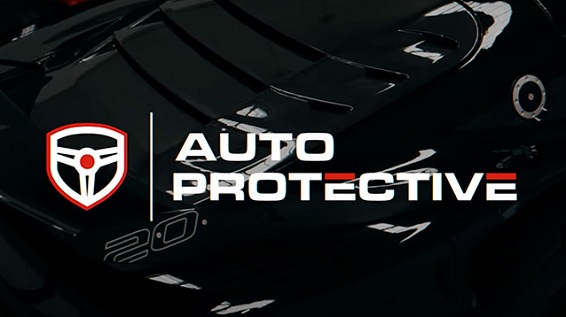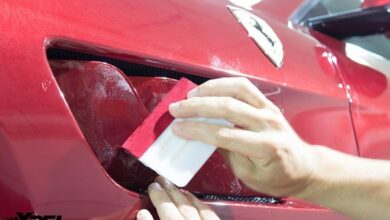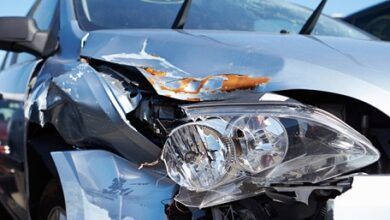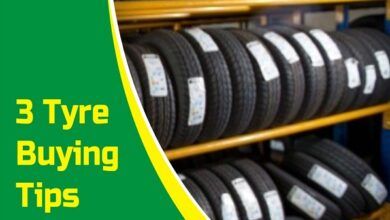You are proud to own your Car. It is more than just transportation. You can take various protective measures for your vehicle to look its best and retain its resale worth. Paint protection film (PPF) is one option that’s proven to be effective. In this article, you’ll learn about the features and benefits that PPF car provides and why they’re a good choice to protect the paint finish of your Car.
What Road Hazards Does Your Car Face?
You expose your Car’s paint to various hazards every time you drive. Here are some common threats:
- Chips and Dings:The gravel and debris kicked by other cars can leave unsightly dings and chips in your paint.
- Bug splatters: Insects’ residues are acidic and can cause damage to your vehicle’s paint over time.
- Birds Droppings: Birds droppings are corrosive and can harm your vehicle’s paint or clear coat.
- Tree Residue:The sticky tree sap can be difficult to clean and may stain.
- The Road Salt:During winter, road salt can accelerate corrosion.
- Parking Lot Mishaps:In crowded parking lots, minor scratches and scuffs, such as door dings and shopping carts, can cause minor damage.
Enter Paint Protection Film
Paint Protection Film, or PPF, is a transparent urethane base film that protects your vehicle’s paint. Its main function is as a shield to protect your vehicle against everyday hazards. Here are a few of the most important benefits of using PPF.
Invisible Protection
PPF is transparent, and this is one of its biggest advantages. Correctly applied, the PPF will be almost invisible. Your Car’s natural beauty can shine through. It will keep the look and aesthetics of your vehicle the same.
Paint damage: How to prevent it
PPF acts as a protective barrier, absorbing impacts from debris, rocks, and other objects that would otherwise damage or scratch your vehicle’s paint. It’s a sacrificial barrier that takes the brunt of the damage, sparing your vehicle finish.
Resisting Environmental Hazards
PPF’s high UV resistance means that it will protect your Car’s paint against the sun’s damaging effects. It also repels acidic substances, like bird droppings or bug splashes.
Self-Healing Properties
Certain premium PPF products possess self-healing abilities. It means minor scratches, swirl marks, and other imperfections can disappear when the film is exposed to heat. This self-repairing technology keeps your Car looking perfect.
Easy Maintenance
PPF is very easy to maintain. If installed properly, you can wash your car and wax it as usual. The PPF film will not yellow, peel, or bubble when you do. This film doesn’t need special maintenance beyond normal car care.
Long-Lasting Security
PPFs that are of high quality can offer protection for several years. Many products include warranties between five and 10 years.
The Application Process
PPF requires a lot of skill and precision. Here’s a quick overview:
- Surface Preparation: The Car’s surface will be cleaned and prepared before PPF is applied. Remove any imperfections or contaminants to ensure an even and smooth installation.
- Film Application: PPFs are carefully cut and measured to fit certain car body sections. It’s then applied using a specially formulated
- Trimming/Wrapping: Experienced installers trim or wrap the film to protect the vehicle’s vulnerable areas, including the front bumper. Hoods, fenders, and side mirrors.
- Curing time: After application, the PPF will need some time to cure and properly adhere to car surfaces. This can take several days, depending on the conditions.
Conclusion
Protecting your Car’s finish paint from road hazards is more than just maintaining its appearance. It is also important to preserve its value. Paint Protection Films are an effective, proven solution that provides a shield of protection against environmental contaminants, rocks, chips, and other threats. PPF adds a layer of protection to your Car, making it look pristine and increasing its value when you sell it. PPF will keep your Car looking its best for many more years.





